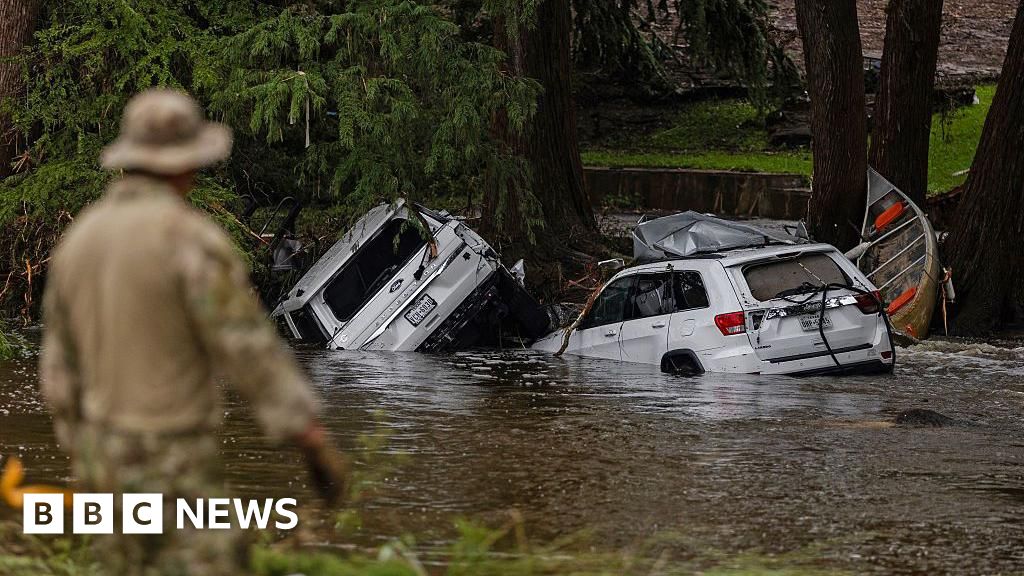Concerns Arise Over Weather Service Staffing Amid Texas Floods
Following the devastating floods that recently swept through Texas, concerns have been raised regarding the impact of the Trump administration’s budget cuts on the National Weather Service (NWS). Notably, Senator Chris Murphy indicated that reduced staffing, particularly among meteorologists, could lead to dire consequences, stating, “Accurate weather forecasting helps avoid fatal disasters.”
The ongoing debate centers around whether these cuts adversely affected the NWS’s ability to predict severe weather and adequately warn residents. However, White House Press Secretary Karoline Leavitt countered these claims on Monday, asserting that the NWS offices were sufficiently staffed during the floods, deeming the allegations as “completely false.”
Background on Funding Cuts
The Trump administration previously proposed a substantial 25% reduction to the National Oceanic and Atmospheric Administration’s (NOAA) budget, which oversees the NWS, amounting to a budget of $6.1 billion annually. While these proposed cuts would take effect in the 2026 financial year, the NWS has already seen a workforce reduction under previous efficiency measures initiated by the administration.
According to Tom Fahy, legislative director of the National Weather Service Employees Organisation union, approximately 600 employees were lost, including 200 who accepted voluntary redundancies and 300 who opted for early retirement. This decrease has resulted in several vacancies across NWS offices nationwide.
Staffing Levels and Impact
Despite the reduction in NWS personnel, meteorologists have generally assessed the agency’s performance during the recent floods as adequate, as explained by Avantika Gori, a civil and environmental engineering professor at Rice University. Gori remarked, “The forecasts and warnings all played out in a normal manner,” acknowledging the challenges posed by predicting such localized extreme rainfall.
Yet, some experts expressed concerns about whether reduced staffing hindered local NWS offices in Texas from effectively coordinating with emergency management services. Daniel Swain, a climate scientist from UCLA, suggested that communication regarding weather updates could have been optimized if certain staff members remained available, particularly in critical roles.
Table: NWS Staffing Changes
| Staffing Changes | Number of Staff Affected |
|---|---|
| Voluntary Redundancies | 200 |
| Early Retirements | 300 |
| Fired Staff | 100 |
| Total Staff Loss | 600 |
Ongoing Efforts and Future Solutions
Some local NWS offices, including those in San Angelo and San Antonio, did experience vacancies during the floods. Reports indicate that the San Antonio office was missing key meteorological positions, although these offices had increased staffing temporarily to better prepare for severe weather. NWS spokesperson Erica Grow Cei confirmed that timely forecasts and warnings were issued during the crisis, with additional forecasters on duty to ensure preparedness.
As discussions continue regarding the staffing and operational capabilities of the NWS, ensuring adequate weather prediction resources will be essential to safeguarding communities against future flooding disasters.


